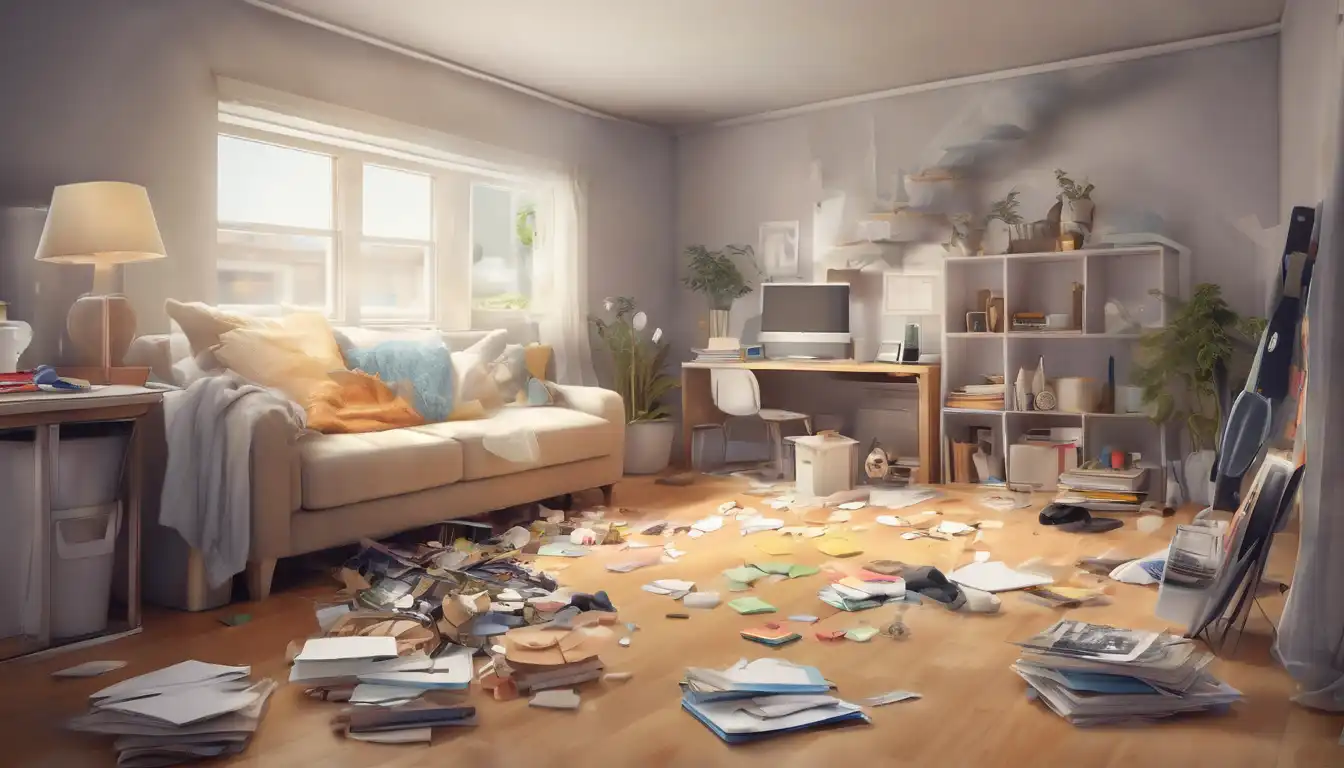Transform Your Space with These Quick Decluttering Methods
Feeling overwhelmed by clutter in your home? You're not alone. Many people struggle with maintaining an organized living space, but the good news is that decluttering doesn't have to be a monumental task. With the right approach, you can transform your home from chaotic to calm in just a few hours. This comprehensive guide will walk you through easy, actionable steps to declutter your home quickly and efficiently.
Why Quick Decluttering Works Better Than Marathon Sessions
Traditional decluttering advice often suggests dedicating entire weekends or even weeks to the process, but this approach can lead to burnout and unfinished projects. Quick decluttering sessions, typically lasting 15-30 minutes, are more sustainable and effective. These shorter bursts of activity prevent decision fatigue and make the process feel less daunting. By breaking the task into manageable chunks, you're more likely to maintain momentum and see real progress.
Essential Preparation Before You Begin
Before diving into decluttering, gather your supplies. You'll need three main containers: one for items to keep, one for donations, and one for trash. Having these ready will streamline your decision-making process. Set a timer for your first session – starting with just 15 minutes can help overcome procrastination. Choose a small, visible area to begin, such as a countertop or single shelf, where you'll see immediate results.
The Room-by-Room Quick Decluttering Strategy
Kitchen Decluttering in 20 Minutes
Start with your kitchen, as it's often the heart of the home and accumulates clutter quickly. Begin with one cabinet or drawer at a time. Remove everything and only return items you use regularly. Expired food, duplicate utensils, and single-use gadgets are common clutter culprits. For more detailed kitchen organization tips, check out our guide on efficient kitchen storage solutions.
Living Room Speed Decluttering
The living room should be a relaxing space, but it often becomes a dumping ground for miscellaneous items. Use the "one-touch rule" – handle each item only once, making an immediate decision about its fate. Magazines older than three months, remote controls for devices you no longer own, and decorative items that don't spark joy should be reconsidered.
Bedroom Clutter Clear-Out
Your bedroom should be a sanctuary, not a storage unit. Start with your nightstand, removing everything and only returning essential items. Clothing is a major source of bedroom clutter – if you haven't worn something in a year, it's likely time to let it go. For seasonal items, consider our seasonal storage solutions to keep them organized but out of the way.
The Four-Box Method for Rapid Decision Making
This proven technique simplifies the decluttering process. Label four boxes: Keep, Donate, Trash, and Relocate. As you work through each area, place every item into one of these boxes. The key is to make quick decisions – if you hesitate for more than 10 seconds about an item, it probably doesn't belong in the Keep box. This method prevents overthinking and keeps the process moving quickly.
Digital Decluttering: The Modern Necessity
In today's connected world, digital clutter can be just as overwhelming as physical clutter. Take 10 minutes to delete old emails, unused apps, and duplicate photos. Organize your digital files into clearly labeled folders. This digital cleanup can create mental space and improve productivity, complementing your physical decluttering efforts.
Maintaining Your Decluttered Space
The real challenge isn't just decluttering – it's maintaining your newly organized space. Implement the "one in, one out" rule: for every new item brought into your home, remove one existing item. Designate specific homes for frequently used items and make returning them to their place a daily habit. Regular 5-minute tidy sessions can prevent clutter from accumulating again.
Common Decluttering Mistakes to Avoid
Many people sabotage their decluttering efforts without realizing it. Avoid these common pitfalls: starting too big (begin with small areas), keeping items "just in case" (if you haven't used it in a year, you probably won't), and trying to organize before decluttering (purge first, then organize what remains). Remember that perfection isn't the goal – progress is what matters.
When to Seek Professional Help
If you're dealing with extreme clutter or emotional attachments to possessions, consider professional organizing services. These experts can provide objective guidance and support. For those interested in deeper organization methods, our article on adopting minimalist principles offers additional strategies for sustainable clutter-free living.
Celebrating Your Decluttering Success
After each decluttering session, take a moment to appreciate your progress. Notice how much lighter the space feels and how much easier it is to find what you need. These small victories will motivate you to continue the process. Remember that decluttering is a journey, not a destination – regular maintenance will keep your home feeling fresh and functional.
By implementing these quick decluttering strategies, you'll not only create a more organized home but also reduce stress and improve your overall quality of life. The key is consistency – even 10 minutes of decluttering daily can lead to significant transformations over time. Start small, be kind to yourself throughout the process, and enjoy the peace that comes with a clutter-free environment.
